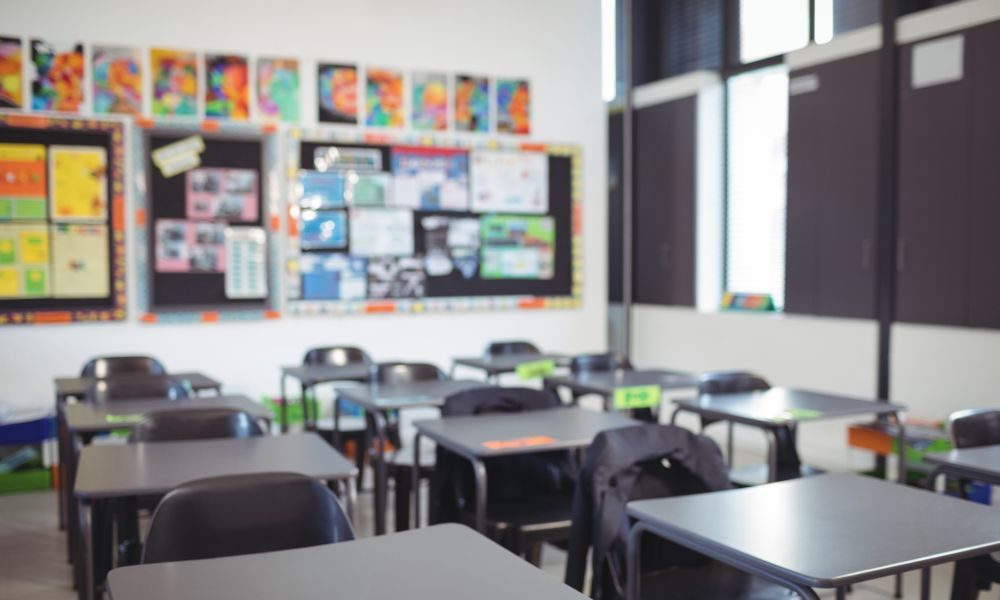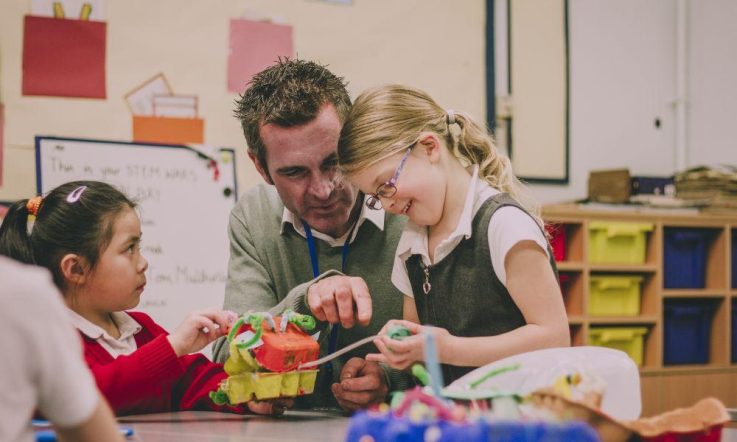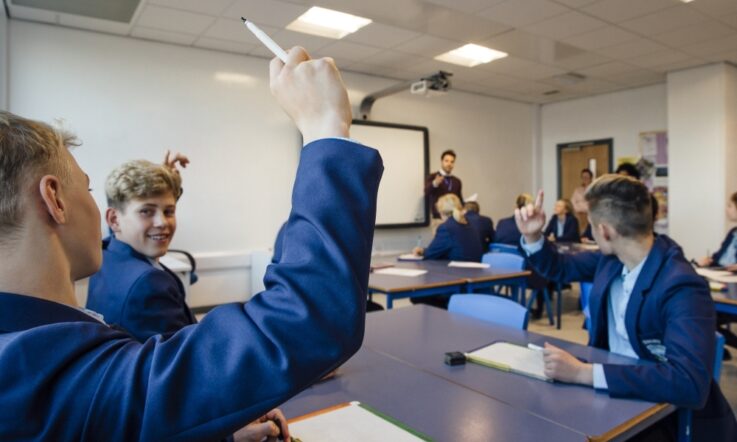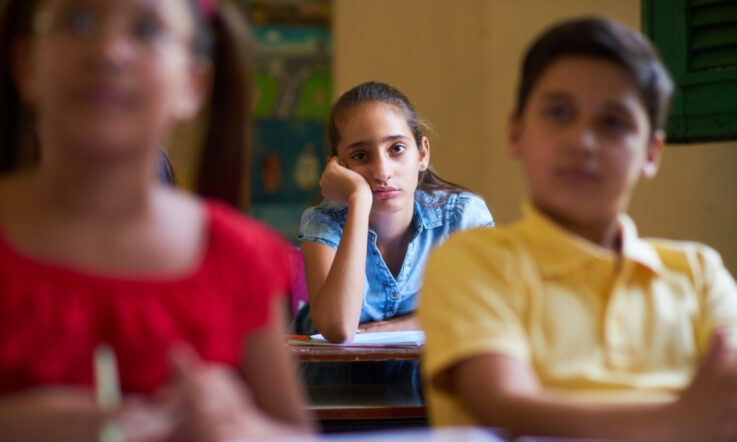At St Joseph’s Primary School in Hawthorn, Victoria, teachers have been receiving focused time as a team, and external support from an experienced academic researcher, to better understand how to effectively support each student to be intellectually, behaviourally, emotionally and socially engaged as learners. In last week's article, 3 teachers working at the senior primary levels shared how this professional learning opportunity has led them to plan, teach and interact with their students in different ways. In this follow-up, 2 foundation teachers explain how they’ve benefited from examining their own practice.
The act of noticing is a key skill for teachers, it involves recognising recurring patterns of teaching behaviour and the impact on student learning. Six teachers at St Joseph’s Primary School in Hawthorn, Victoria, were provided with regular and supported time to talk about the importance of noticing in their teaching.
This helped them understand more about the conditions which support effective student engagement. These discussions enabled the teachers to reconsider how they could work to ensure all students were able to be fully present and active learners.
Foundation teachers Justine Noonan and Kate MacKinnon have both benefitted from the chance to critically examine their practice. They acknowledge that students need to be empowered to be active learners and that teachers need to encourage student voice and shared decision making. Here, they share how this can be both challenging and unnerving for a highly organised teacher but necessary when wanting to establish a learning environment that fosters high levels of student engagement.
A new take on displays of student work
Kate discusses how this professional learning has helped her to make the switch to more purposeful learning opportunities and utilising displays of student work as a springboard rather than an end result.
I have always been a highly organised teacher with my planning, teaching and classroom set up. Since participating in the student engagement research, I started to reflect more critically on my teaching practice.
I noticed how I chose the situations and contexts which framed the learning experiences in my classroom. I made these choices because I thought these experiences would be relevant and inspiring for my students. Yet, these choices were not always conducive to high levels of student engagement. I realised while this approach allowed me a level of comfort and predictability in my teaching, I was unintentionally placing limits on my students’ learning. I came to understand that student engagement is not “all about me” as the teacher, things don’t have to be perfect, but they must always be purposeful for my students.
Having participated in repeated discussions with my colleagues, and by trying new approaches, I now fully embrace student voice and I find opportunities to actively encourage my students to share their interests and their curiosities. I then build on this information in purposeful ways for meaningful learning.
Many things have now changed in my classroom to enhance student engagement. While I always presented my students’ work in eye-catching ways, allowing them to be proud of their work, I am now more aware of the wider role these displays can play in their education. Instead of treating the displayed work as an end result, I see such work as a springboard to extend their learning and curiosity. Now I display more of my students’ thinking than I did in the past. I showcase their words or illustrations, and both the students and I regularly refer back to these to support the learning.
I firmly believe student engagement requires a partnership between the teacher and student. If I feel students are engaged and excited to learn, I am excited to teach and vice versa.
Smoother and more engaging transitions between lessons
Justine shares how noticing opportunities for engagement during transitions between lessons led to her taking a step back, giving students a sense of autonomy.
A clear purpose is central to my classroom environment, and I believe student engagement is aligned with purposeful learning opportunities. At the end of each teacher-led session a need arose to facilitate smooth and more engaging transitions between lessons. I saw such transition time as an opportunity for children to participate in purposeful, creative play designed to develop their curiosity and hopefully enhance their engagement with learning.
I set up spaces within the classroom with accessible shelving, baskets and many open-ended resources. Initially the resources were located together under different categories, for example literacy, numeracy, or loose parts. I would decide when particular categories would be explored, and which things would be used in these play sessions.
As the year continued, I began noticing opportunities to enhance levels of student engagement, and I decided to slowly step back. The children began freely accessing resources at any time from any category, making decisions about what they would like to use and investigate. These play stations encouraged creativity, engagement, collaboration, exploration and respect for their environment.
Now the students have a sense of autonomy with these areas of play. Together we now make joint decisions about when and how to change the resources within the play areas based on their interest and levels of curiosity. At times it can feel a little messy and it can be scary to let go, however, if you have a clear purpose and are willing to share this thinking with your class, then your students thinking and learning will astound you.
Reflecting on your own practice
Kate and Justine always welcome visitors into their classroom and are keen to hear what their colleagues notice about their learning environment. Opening your mind and encouraging deep reflection as a teacher is vital in ensuring your students are provided with an environment that is optimal for student engagement.
The authors of this article note: ‘Opening your mind and encouraging deep reflection as a teacher is vital in ensuring your students are provided with an environment that is optimal for student engagement.’
When did you last take some focused time to reflect on your own classroom practice? How often do you invite feedback from colleagues on your practice? As a school leader, how could you support this to happen more effectively in your own context?



